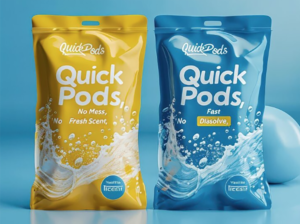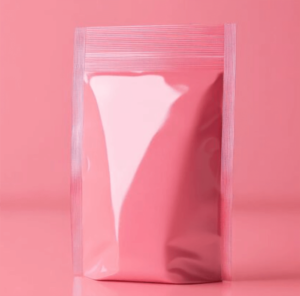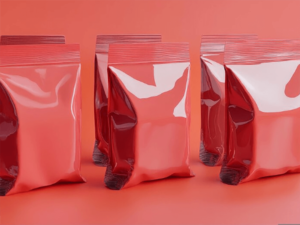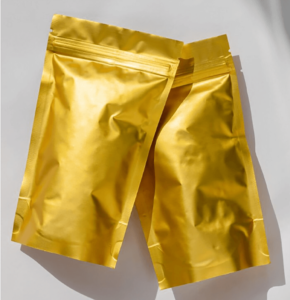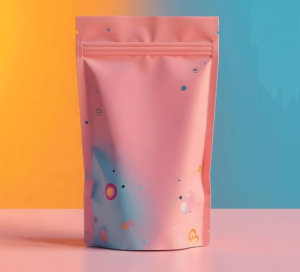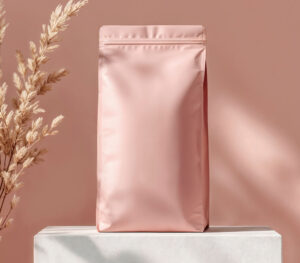In recent years, flexible packaging has surged in popularity across industries, from food and beverages to pharmaceuticals, cosmetics, and beyond. But what makes flexible packaging so appealing? Is it just a passing trend, or is it here to stay? In this blog, we’ll dive into the numerous advantages of flexible packaging, uncovering why it has become such a critical part of modern packaging strategies. By the end, you’ll have a comprehensive understanding of why flexible packaging is an excellent choice for both brands and consumers.
What Is Flexible Packaging?
Before we explore the reasons flexible packaging is so effective, it’s important to define what it is. Flexible packaging refers to any type of packaging made from non-rigid materials such as plastic films, foil, paper, and other flexible substrates. Unlike traditional rigid packaging—like glass, metal, or plastic bottles—flexible packaging can be easily shaped, molded, and adjusted, offering a versatile and cost-effective solution for many products.
Common forms of flexible packaging include stand-up pouches, shrink sleeves, bags, wraps, and flexible tubes. These packages are typically used to store everything from snacks and beverages to cleaning products and medical supplies. Now, let’s take a look at why flexible packaging has become so popular and why it’s considered a good choice for manufacturers and consumers alike.
1. Cost-Effectiveness
One of the most compelling reasons brands choose flexible packaging is cost savings. Traditional rigid packaging—such as glass bottles, metal cans, or cardboard boxes—often requires more materials and labor to produce, which can drive up manufacturing costs. On the other hand, flexible packaging uses less material overall, which reduces both production and shipping expenses. Flexible packaging is also lightweight, meaning companies save money on transportation costs because it’s easier and cheaper to ship.
In addition, the production process for flexible packaging is more streamlined. Flexible packaging manufacturers can print directly on the surface of the material using various printing methods such as flexographic printing, gravure printing, or digital printing. This reduces the need for additional packaging components, such as labels or separate inserts, further driving down costs.
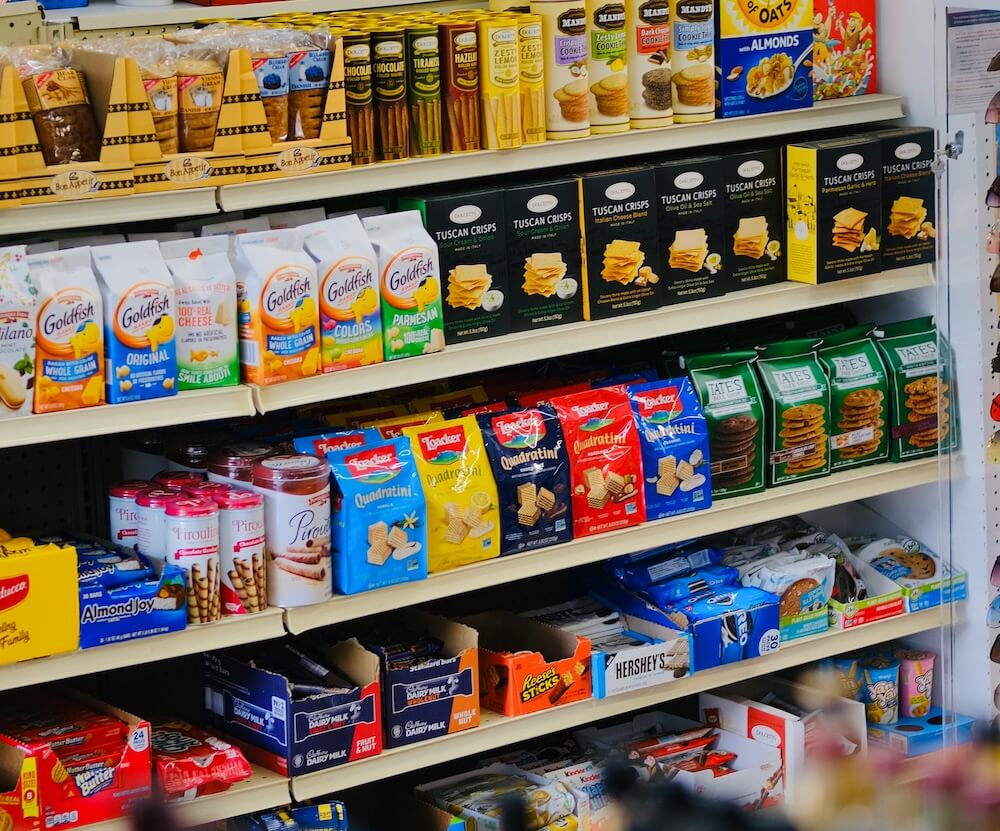
2. Sustainability and Reduced Environmental Impact
As environmental concerns grow, consumers and brands alike are seeking out packaging options that have a smaller environmental footprint. Flexible packaging offers several advantages in this regard. Because it uses less material than traditional packaging, flexible packaging contributes to reducing waste. Additionally, many flexible packaging materials are recyclable or can be made from recycled content, reducing their impact on landfills.
Flexible packaging can also be designed to be lighter and smaller, meaning fewer resources are needed for transportation. Less material and reduced weight result in lower carbon emissions during shipping. Many manufacturers are now focusing on creating eco-friendly flexible packaging solutions, such as biodegradable films and recyclable mono-materials, which are even more sustainable.
However, it’s important to note that not all flexible packaging is created equal in terms of sustainability. Brands should carefully evaluate the recyclability of the packaging material and select options that align with their sustainability goals.
3. Durability and Protection
Flexible packaging offers excellent protection for products, preserving their freshness, quality, and shelf life. It is commonly used for perishable goods such as food, beverages, and pharmaceuticals because it provides superior barriers against moisture, oxygen, and light. These protective properties help extend the product’s shelf life, reducing spoilage and waste. For example, vacuum-sealed pouches and modified atmosphere packaging (MAP) can keep food fresh for longer periods by preventing exposure to oxygen, which causes spoilage.
Furthermore, flexible packaging is more resilient to breakage compared to rigid packaging. A plastic pouch, for instance, is far less likely to crack or shatter during transit, unlike glass or metal containers, which can easily be damaged. This makes flexible packaging a safer and more reliable option for shipping delicate or fragile items.
4. Versatility and Customization
Flexibility in design is one of the most attractive features of flexible packaging. The material can be shaped, printed on, and adapted to meet the needs of various products and brands. Flexible packaging can be customized to suit a wide range of sizes, shapes, and uses, from small snack bags to large bulk packaging for commercial products. Additionally, it can be made to stand upright on store shelves, making it easier for consumers to view and access products.
Moreover, flexible packaging provides ample space for branding, logos, and product information. Companies can print vibrant colors, high-quality graphics, and detailed labeling directly on the packaging, which is an essential aspect of product differentiation. This high-quality printability enables brands to stand out in a crowded marketplace and capture consumer attention more effectively than traditional packaging.
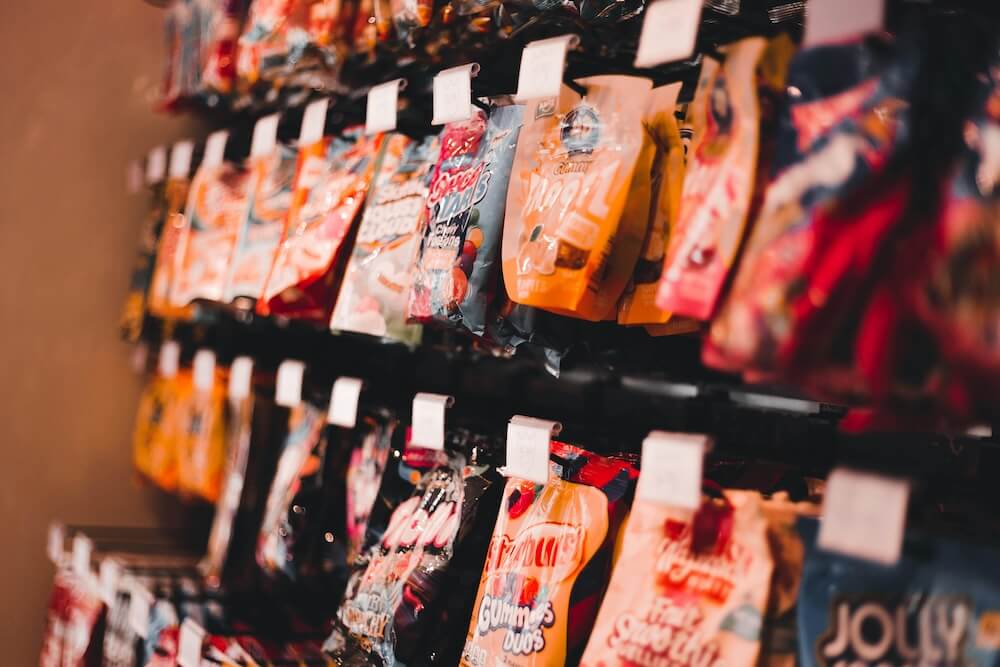
5. Convenience and Consumer Appeal
Today’s consumers value convenience, and flexible packaging offers several features that align with these preferences. Stand-up pouches, resealable bags, and easy-tear notches all make it easier for consumers to access the product inside while ensuring the packaging stays intact and fresh.
For instance, resealable pouches allow users to open and close the packaging multiple times without compromising the integrity of the product. This is particularly beneficial for products like snacks, pet food, and coffee, which are consumed over time. Spouted pouches, commonly used for liquids, are another example of flexible packaging designed for easy pouring and no-mess handling. These features not only enhance the user experience but also help reduce food waste and improve convenience.
6. Lightweight and Space-Saving
Flexible packaging is significantly lighter and more compact than rigid packaging, which makes it an ideal solution for reducing packaging bulk. This is particularly important for shipping, as it reduces freight costs and the carbon footprint of transportation. Lighter packaging also means more efficient storage, as flexible packaging can be stacked more efficiently in both warehouse and retail settings.
For consumers, this translates into products that are easier to carry, store, and dispose of. Whether it’s a small snack pouch or a large bulk food package, flexible packaging makes life easier for consumers while helping brands minimize transportation and storage costs.
7. Quick Production and Lead Time
Flexible packaging is also an attractive option for manufacturers due to its faster production times. The materials used for flexible packaging are generally quicker to process than those used for rigid packaging, meaning manufacturers can turn around orders more rapidly. Additionally, with advances in digital printing technologies, flexible packaging can now be customized quickly with minimal setup time. This makes it an ideal choice for short runs, seasonal promotions, or limited-edition packaging designs.
Conclusion: Why Flexible Packaging Is a Game-Changer
The many advantages of flexible packaging make it an attractive option for a wide range of industries. It offers cost savings, sustainability, durability, and convenience—all while being highly customizable and visually appealing. Whether you are a brand looking to improve your packaging’s environmental footprint, enhance consumer convenience, or stand out on the retail shelf, flexible packaging has the potential to meet these goals while also offering practical and functional benefits.
Key Takeaway: The Growing Popularity of Flexible Packaging
Flexible packaging is an excellent choice due to its versatility, cost-effectiveness, and environmental benefits. Its ability to protect products, enhance branding, and offer convenience to consumers makes it a powerful tool for brands looking to improve their product presentation and sustainability. With continued innovations in materials and printing technologies, flexible packaging is poised to remain a dominant force in the packaging industry for years to come.

